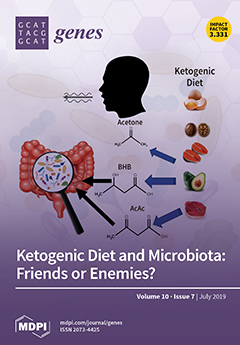Agave species are important crassulacean acid metabolism (CAM) plants and widely cultivated in tropical areas for producing tequila spirit and fiber. The hybrid H11648 of
Agave ((
A. amaniensis ×
A. angustifolia) × A.
amaniensis) is the main cultivar for fiber production in Brazil, China, and African countries.
Small Auxin Up-regulated RNA (
SAUR) genes have broad effect on auxin signaling-regulated plant growth and development, while only few
SAUR genes have been reported in
Agave species. In this study, we identified 43, 60, 24, and 21
SAUR genes with full-length coding regions in
A. deserti,
A. tequilana,
A. H11648, and
A. americana, respectively. Although phylogenetic analysis revealed that rice contained a species-specific expansion pattern of
SAUR gene, no similar phenomena were observed in
Agave species. The in silico expression indicated that
SAUR genes had a distinct expression pattern in
A. H11648 compared with other
Agave species; and four
SAUR genes were differentially expressed during CAM diel cycle in
A. americana. Additionally, an expression analysis was conducted to estimate
SAUR gene expression during different leaf developmental stages, abiotic and biotic stresses in
A. H11648. Together, we first characterized the
SAUR genes of
Agave based on previously published transcriptome datasets and emphasized the potential functions of
SAUR genes in
Agave’s leaf development and stress responses. The identification of which further expands our understanding on auxin signaling-regulated plant growth and development in
Agave species.
Full article






